Actors on Shrinking Seasons, Residuals and Leaving L.A.
Even familiar faces on TV are having a hard time making ends meet: 'I have to live'
Given recent events, we’re making this Ankler story available to Strikegeist subscribers. This story first ran in The Ankler in Feb. 2023 as part of The Squeeze series, which covered the personal impact on workers of entertainment’s new economics. Other installments covered producers, writers and below-the-line workers, and advice on How to (Maybe) Save Your Job During Layoffs. The rest of this series is for paid Ankler subscribers only.
In the fall of 2019, Richard Robichaux was over the moon. The self-described “middle-class actor,” who’s had roles in everything from Law & Order to the Richard Linklater film Boyhood, to Ocean’s Eight, had just been cast as a series regular on the Disney+ teen dramedy Big Shot, created by David E. Kelley, Dean Lorey and Brad Garrett.
Robichaux, a good-natured Texan with a charming Southern lilt, was cast as the high school counselor at an elite girls high school where a Bobby Knight-type NCAA basketball coach (John Stamos) shows up to coach after losing his previous job. For Robichaux, it was the kind of steady, high-profile job that working actors, who hustle to string together gigs in a career that is by definition up-and-down, strive to land.
And then, three episodes into filming, Covid hit. To compensate for the lost work, Disney gave cast members a percentage of their episodic fees in order to “keep the lights on,” Robichaux says. But there was no avoiding the fact that his ability to earn a decent living as an actor had been stopped dead in its tracks.
Indeed, Big Shot didn’t finish filming until February of 2021. “So to do 10 episodes it’s taken three calendar years, and I was on hold and couldn’t do anything else,” says Robichaux, whose contract stipulated that he could not star as a series regular on any other show, and that all acting jobs had to be run by Disney. “They would not want to see me as a pedophile on True Detective,” he jokes.
Worse, because the well-received Big Shot is a streaming show, there haven’t been any generous residual pay-outs. For his work on the first episode of season one, Robichaux made $617 in residuals. He has yet to see payouts on the other nine episodes (he says his episode fee, however, was above the average minimum for a series regular, which is $4,250 a week).
“That’s for being a series regular on a David E. Kelley series on Disney+,” Robichaux says. “I was told, ‘Oh, more’s coming, there’s more coming.’ Where? I have to live.”
In fact, Robichaux now lives in Austin, where he moved in the midst of Covid, realizing that it was simply too hard to make a living as an actor in Los Angeles, with its prohibitively high costs and contracting entertainment industry. “I said to myself, CBS is not going to carry my coffin,” he says. “Who is this for?”
The Haves and Have Nots
This narrative is echoed by multitudes of actors in Hollywood today, particularly those in the middle tier, who are trying to piece back their careers after the wallop of Covid, only to find that the entire industry has been turned on its head in ways that don’t seem ephemeral. Among the challenges that the 160,000 members of SAG-AFTRA face are the increasing dominance of Netflix and Hulu (and those rinky-dink residuals); a growing number of shows with just eight to 10 episodes; belt-tightening across the board at studios and streamers; and an industry that prizes IP-driven projects over those built around any one star. Throw in the death of theatrical — movie-going attendance has plunged 50 percent over the past four years — and it’s a pretty dire picture. Even the day to day rituals of being a Hollywood thespian have fallen by the wayside thanks to the pandemic, such as showing up to a lobby full of actors to audition for a role. Now most auditions are done via self-taping using an iPhone at home.
Character actor Dave Higgins, whose credits include ‘Malcolm in the Middle’and ‘Mike & Molly’, recently sold his house in the Valley and moved to Des Moines. “I could no longer gamble on getting a regular old (acting) job to support my family. All that stuff has gone away.”
To be sure, the top .01 percent of actors are doing just fine — in many cases very fine thanks to streaming — underlining the haves-vs.-have-nots dynamic of the industry on all fronts. Will Ferrell and Ryan Reynolds each received $20 million to star in Apple TV’s holiday crowd-pleaser Spirited. Channing Tatum just signed a $25 million deal to star in and produce Red Shirt, an “international spy thriller,” at Amazon. Apple is paying Brad Pitt $35 million for an untitled Formula 1 movie. Chris Pratt reels in $1.4 million an episode for Amazon’s The Terminal List. And, of course, Daniel Craig is making more than $100 million for the two Knives Outsequels at Netflix. That said, these paydays are all essentially finite fees (yes, dab your tears) as opposed to the box-office-bonus/gross-participation fees of yore, whereby $20 million could potentially be a figure to sneeze at in the case of a blockbuster film released in theaters. This was exactly ScarJo’s argument in her (now settled) lawsuit with Disney over Black Widow, which served as a kind of ur-battle cry for all actors (with many, many extra zeros and Bryan Lourd) against the streamers.
Complicating matters: even smaller roles are getting taken by the A-ish list crowd who used to easily score movie leads and now are increasingly turning to TV to find projects not built around IP multiverses. “I have six clients working at Apple right now,” says one top talent agent who represents Oscar-winning actors. “The quality of the TV projects are better than they ever have been, so the conversations I have are: Would you rather go make an independent movie that’s risky with distribution? Or would you rather go do a high-profile TV show that’s going to be on HBO Max and that’s going to have a lot of publicity and marketing and support behind it? And, you get to play a character you’re excited about.”
On top of that, as those interviewed for my earlier story on writers told me, the studios and streamers want things packaged up — name director, name star — before greenlighting anything these days as a way to hedge risk. Folks like Robichaux feel this shift. “Even if I’m auditioning for the lawyer, the accountant, the assistant,” he says, “now there are also some really successful film actors that are interested in that six-episode arc because they can get in, do it, get a lot of visibility and get out. It used to be that they were so expensive that casting agents would be like, ‘We’ll have Richard.’ Now those actors want the job so badly they’re willing to do it for scale.”
Stars with enough name power are also able to tap into other revenue streams, leaning harder into their ever-diversified agencies to help them build portfolios that include tequila lines, hamburger franchises and tech investments. (Actors, starting with Ashton Kutcher many years ago, realized that there was more money to be made investing in massive-growth start-ups like Uber or Instacart than getting a movie paycheck as theatrical revenues sank.) But for the rest of the rank and file, their careers are about hustling for more gigs.
But There are More Shows Than Ever
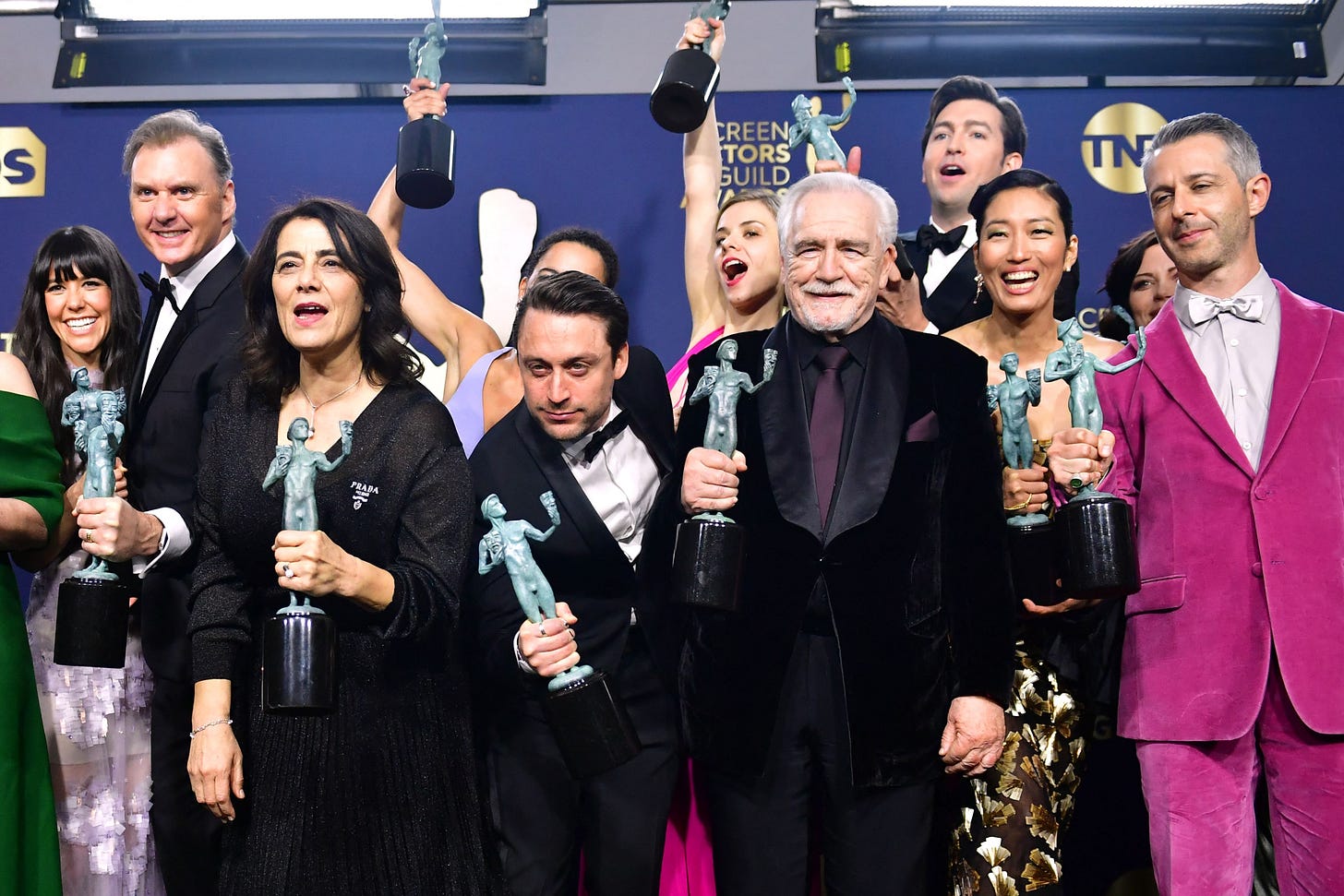
Ben Whitehair, a working actor (Better Call Saul, Lone Star) who is SAG-AFTRA’s executive vice president, says he’s not unhappy about the industry shifts. “When you rewind you see four TV networks with limited opportunity, and now you’ve got dozens of major players and then kind of an unlimited number of opportunities — if you look at social media, if you look at people self-producing content,” Whitehair says.
“Actors and performers are more able to take their careers into their own hands. That comes with its challenges; I’m not saying that this is not a challenging career. However, there are more opportunities. The gatekeeper dynamic is very different. I can make my own content. If no one’s willing to tell my story, I can go tell it at a level that is professional. The barriers to entry are lower. I don’t need $10 million to tell my story."
As for the Great Squeeze, he says: "It matches the economy writ large. There are things being written all over about the squeeze of the middle class in America. I don’t think we are immune from the larger economics models of unfettered capitalism, but what stands out to me is that there is more content being produced than ever, and the hunger and demand for quality storytelling is at an all-time high.”
Whitehair wouldn’t comment on the upcoming SAG-AFTRA contract renegotiations with the Alliance of Motion Picture & Television Producers later this year (the current contract expires on June 30). But already the actors’ union has said that “wage rate increases and the streaming residuals structure” will be among the issues to be bargained. Currently, the union is in the midst of its “wages and working conditions” process, whereby it meets with members throughout the country to hear what’s on their mind and to determine what to push for/leverage come contract talk time. Officially, SAG-AFTRA would not comment for this story.
In the meantime, later this month the SAG awards will air on, yes, Netflix, the fire that lit the match on declining residuals. The night will be rich in ironies for other reasons, too: the glossy prize at the SAGs, which fared poorly in the ratings on cable TV, prompting the move to the ’Flix, is the ensemble cast award — in an era when costly ensemble casts are falling out of favor.
The Covid Crunch
Many of the forces constricting actors were well underway before the pandemic, but Covid super-charged the pace of change, at the same time introducing other uncomfortable realities. One of them is the fact that productions must still carry Covid-related insurance and protocols, driving up budgets (the California Film Commission has put the number around 5 percent, though producers often speak of higher numbers). This leads to cuts in other areas, and often it’s smaller acting roles that are trimmed.
“The cost of running a set is so astronomical because of all the Covid precautions that you’re seeing cast sizes shrink, you’re seeing less day players, less co-stars and just more focused stories about series regulars,” says actress Jordana Oberman, whose credits include Grey’s Anatomy and Scandal. “That’s great for storytelling, but it’s really difficult for actors.
“Look at Fleishman is in Trouble,” she says of the FX/Hulu limited series. “It is basically a very intimate cast of actors with very few day players.”
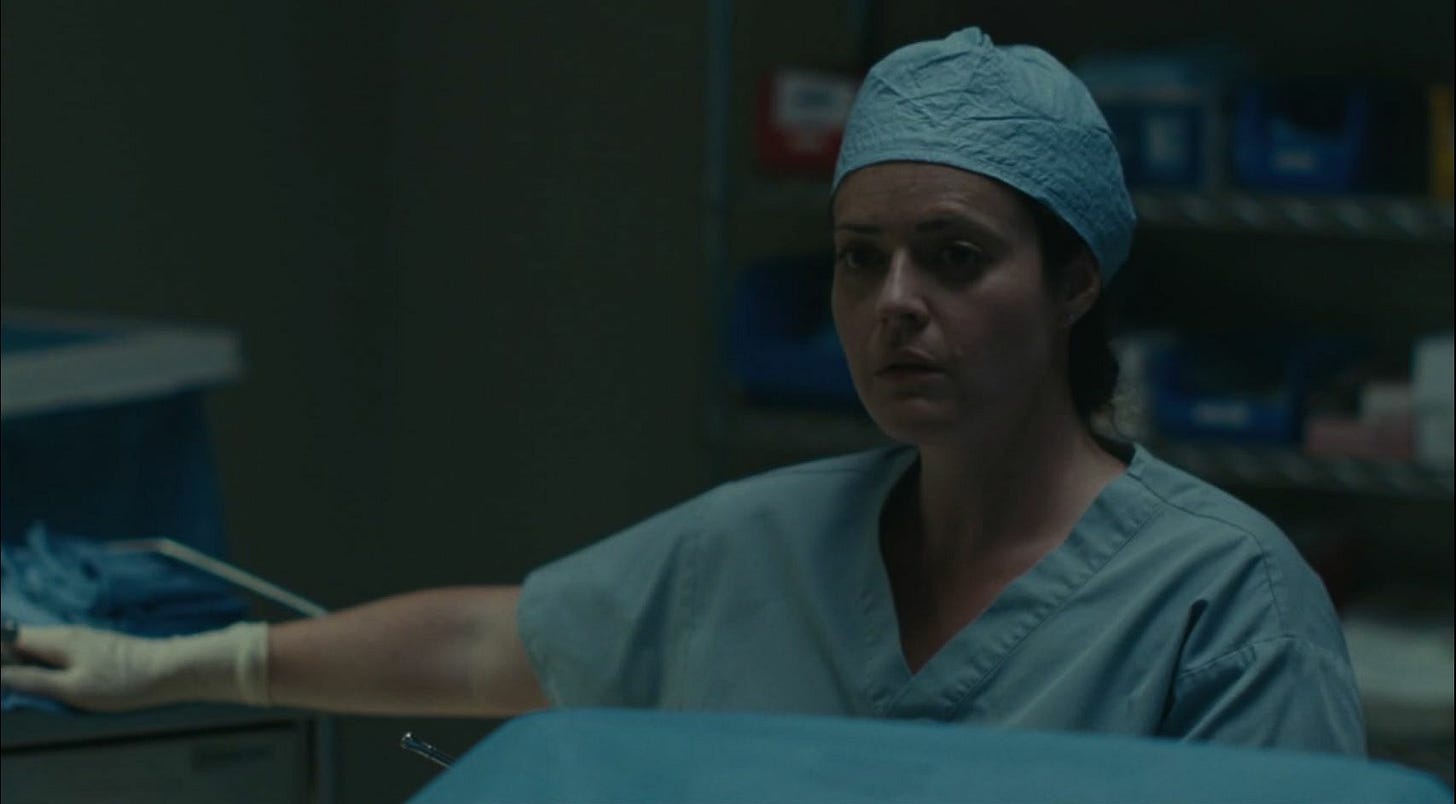
Smaller casts and smaller seasons, with more people vying for what roles that do exist, has significantly affected Oberman’s career. Pre-pandemic she says she would frequently go out on five to seven auditions a week. Today, “I maybe now am getting a call every few months. It’s completely dropped off.”
As a result, she’s taking on more hours as an acting coach and teacher, which she now sees as her primary profession. “I think it’s just one of those literal realities when you get to a certain point of your life and you go, okay, I get it. I’ve trained. I’m good at what I do. I’ve had success, and now clearly is no longer the time.
“I don’t think (acting) will ever be gone for me, but it’s not something I look at to as, oh, that will be my source of income anymore. I think everyone’s doing an assessment . Even friends who are getting off series-regular jobs. They’re coming off, going, how am I gonna get on another one? How am I gonna sustain this?”
These were exactly Rebecca Metz’s thoughts when her role as Sam Fox’s friend and manager on FX’s Better Things wrapped its final season, around the same time another series regular gig she had on Disney+ (Coop & Cami Ask The World) was cut short by the pandemic. Even though Metz has been steadily working as an actor for two decades she said she worried about landing another job.
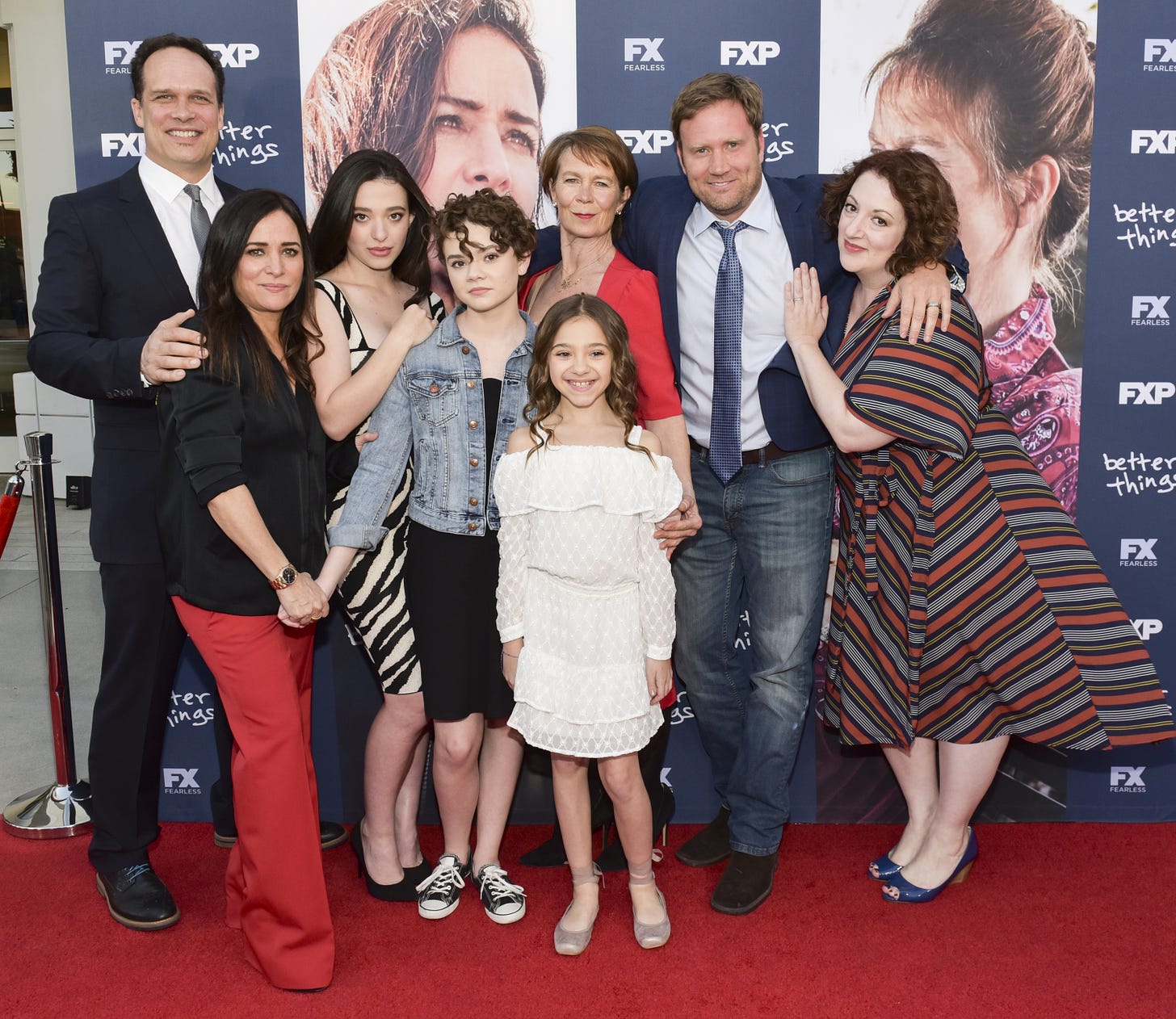
“The reality of shorter seasons and a landscape that just feels like it’s changing really quickly has ramped up that feeling of needing to be hustling all the time, because who knows what the landscape is going to be next month,” Metz says.
The Agonizing New Audition Process
Then there’s the fact that even landing a job has become an even harder process for some actors as the practice of in-person auditions has fallen by the wayside. Self-taping was becoming more common before Covid, in part because it was a way for casting directors to see actors who weren’t based in L.A. But once Covid hit, it became the de facto means of auditioning. Now, even though in-person auditions would be relatively safe, self-taping has become standard practice because it’s so much cheaper and efficient for production companies and studios. Some actors prefer the switch, but many say it doesn’t play to their strengths and keeps them from forging relationships with casting directors and sometimes producers, whom they would ordinarily be meeting face to face — connections that can result in more jobs down the road.
“I think it’s harder to embody another person’s circumstances when I’m in my own guest room and my cats are there and all my furniture,” Metz says.
There’s also the absence of a casting director to offer “adjustments” —suggestions such as to recite a line in a different tone — and other actors to respond to or connect with while reading a scene. Such scenarios tend to favor familiar actors whose work casting directors and producers may already know. “Acting is fundamentally about bouncing off another person,” Metz says. “It’s about human interaction. And with that gone, I started feeling like, I don’t really like this anymore. And if I don’t like this, what am I doing?”
Says Robichaux, “What makes someone great in a room and what makes them want to work with you on set doesn’t always come through in just a tape. That’s where I feel like, Oh, that’s my superpower. There are going to be some people in this lobby who aren’t going to be able to have that extra thing that can let them do that in front of this strange group of people they’ve never seen. However, if you’re an acting animal, you love it. You go, Oh, auditions don’t scare me. That’s awesome. Put me in the room.
“We’ve lost that.”
The Residuals Grind

The gripe over shrinking residuals is perhaps the biggest complaint from the acting ranks in whatever version of normal passes for 2023. And not just because generous, and seemingly never-ending payouts from networks and studios in the wake of hit shows and movies, mean an actor can buy a new car or remodel their home. (And even the small roles pay big — Robichaux says that two weeks of work on Ocean’s Eight has resulted in about $50,000 in residuals.) More importantly, residual payments can go toward the annual minimum income—currently $26,470 for actors under 65 — that SAG-AFTRA requires actors to make in order to qualify for union health insurance (U.S. News and World Report put the median actor’s salary at $46,960 in 2021). For up-and-coming and working actors, residuals are often the only way they are able to meet that requirement.
“If you don’t work, or let’s say you book two guests stars or something and you don’t book anything else,” says Robichaux, “you’re going to really lean on your residuals from the last 20 years to give you the number you need to get health insurance. However, if we’re not paid residuals from streaming, then that really hurts the calendar year.”
For some actors, Covid and the Great Squeeze coincided with a point in their careers when they might have started to think about winding things down, but suddenly it wasn’t a choice. Dave Higgins, a comedic character actor whose credits include Malcolm in the Middle and Mike & Molly, recently sold his house in the Valley and moved to his hometown of Des Moines when he realized, “I could no longer gamble on getting a regular old (acting) job to support my family. When I started out, you made it to network and then they’d use you and you had a quote and it would pay you a certain amount of money. And you would do well with residuals. All that stuff has gone away.
“These new jobs pay less, there are no residuals. Yeah, there’s streaming. People say there are more jobs, but I say, if I wanted to work for free I’d be working every day. But you can’t afford to do that. It’s one thing when you’re 20 years old. But I was 55 when Mike & Molly ended. I was like, What am I going to do?”
“I knew the quality of life would be so much better” in Iowa, Higgins goes on. “And I wouldn’t have the stress of: Am I gonna make my nut? There was a time when you could say, Is this a good year? And then it became, Is this a good month?”
Higgins was able to buy a 1920s, four-bedroom home in Iowa for a quarter of what he sold his house in L.A. for. With his new free time he’s been remodeling — he just poured a new basement. Life, he says, is good. “I’m 61. I’m done. I just don’t want to go through that stuff anymore. If someone calls me, I love working. I would love to teach. But you feel kind of guilty — what are you teaching them? A skill that doesn’t pay anymore.
“I think it will change at some point,” he says. “But right now it’s unsustainable.”





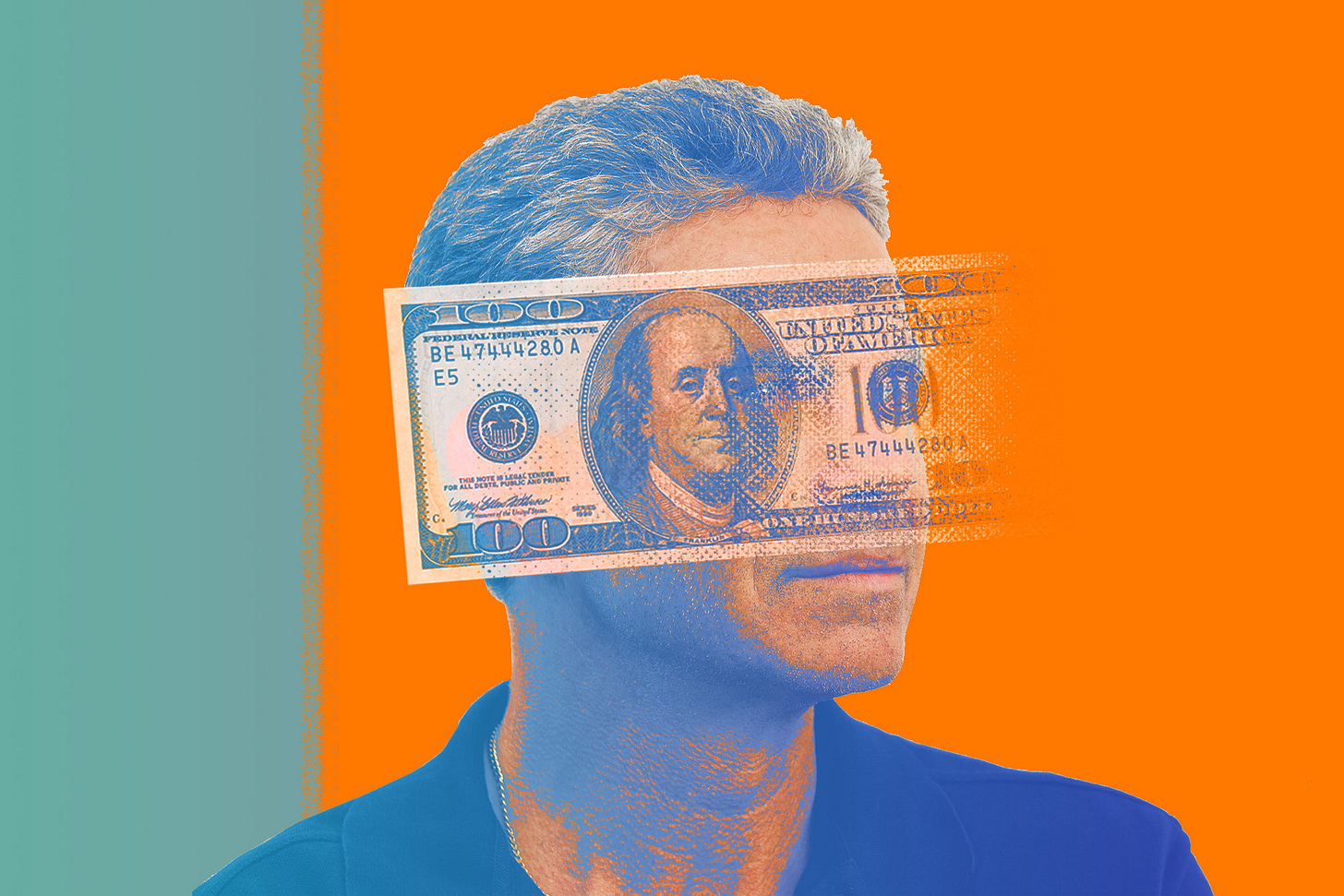
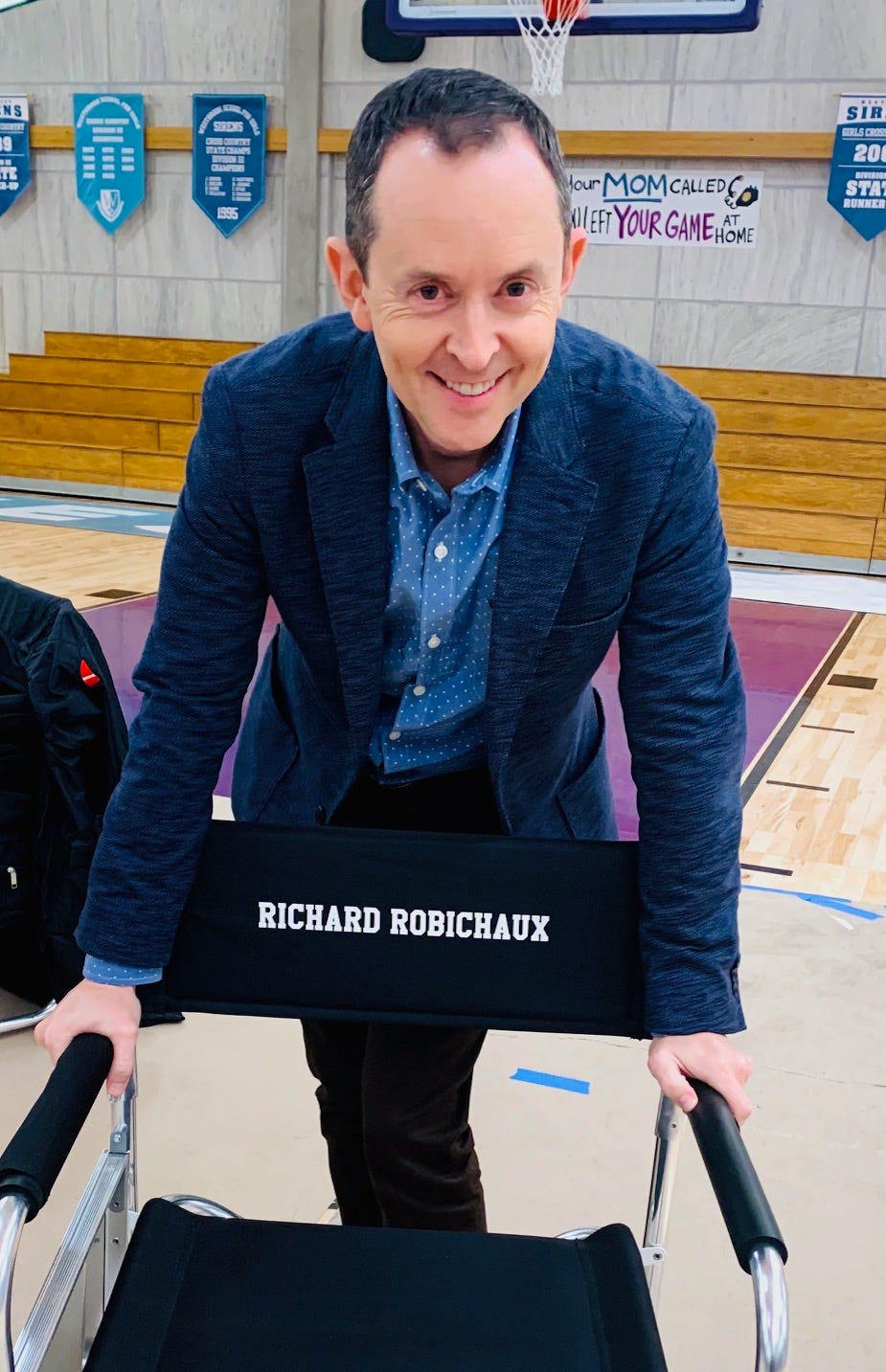
Huge thanks for sharing this from The Ankler!
Nicole! A beautifully written and human way to explain what's at stake.